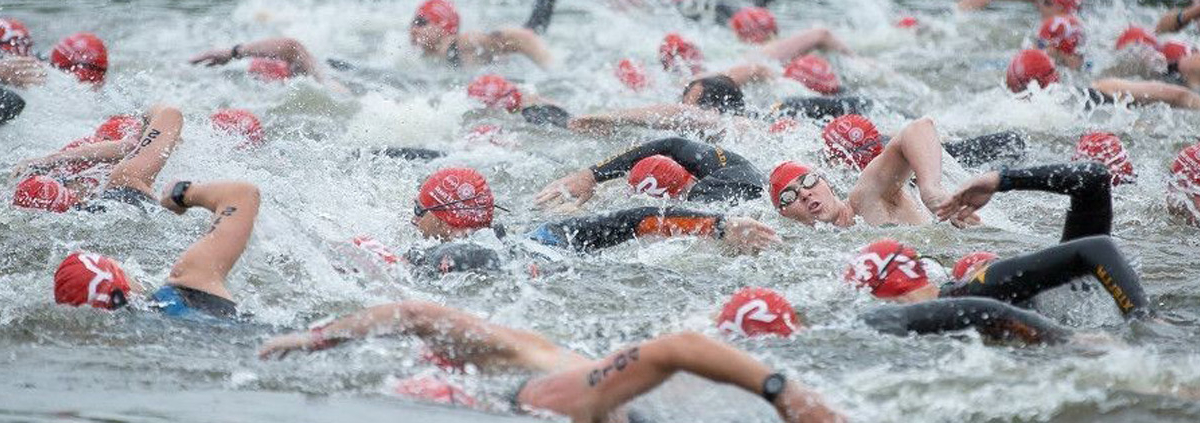Triathlon Observations: Heavy and Healthy?
The major observation I had as I volunteered at the Grand Rapids Triathlon was that the body weight distribution of the people participating in the triathlon mimicked the population of the U.S. We’re a fat nation; 70% of the population is overweight and half of those are obese. Those percentages also seemed to apply to the participants in the race.
In addition to being a regular Grand Rapids event, the Grand Rapids Triathlon was also the National Championship for the Clydesdale and Athena athletes. In order to qualify for the Clydesdale division, men must weigh over 220 pounds; for women to qualify for the Athena division, they must weigh over 165 pounds. Based on my observations, a majority of the participants would have qualified for that category, whether that was their intention or not.
There were men well over 300 pounds and women over 250 pounds that participated in the triathlon. Talking with several other volunteers, I said that unless they had a signed release from their physician, I would hesitate to let them participate. They countered that as long as people put in their time training, they were fit enough to compete. Good point, but that logic doesn’t really hold up. The primary concern everyone thinks of is cardiovascular disease and that makes sense. But if someone is overweight, the real concern is undiagnosed type 2 diabetes and orthopedic stress.
While I applaud their effort and would never want to prevent anyone from exercising, I would hope that they would have had a thorough medical exam before they took their first step. We can’t assume because they had trained for the race they were actually healthy enough to compete in the race. I’ll cover what those tests should be and a surprise conclusion that you don’t want to miss on Saturday.
What are you prepared to do today?
Dr. Chet









